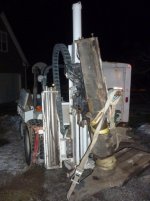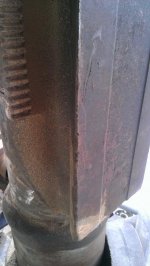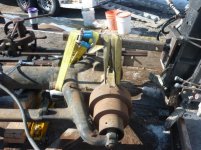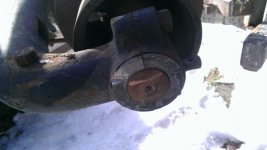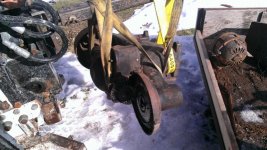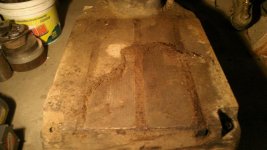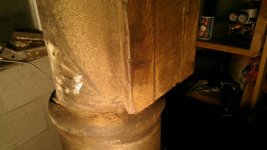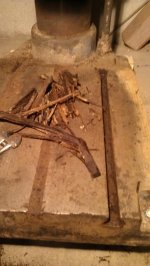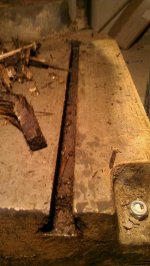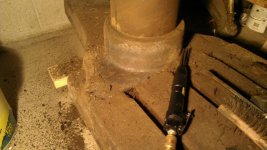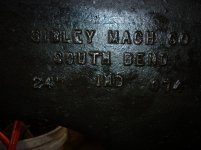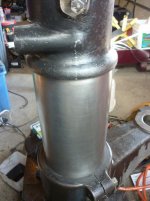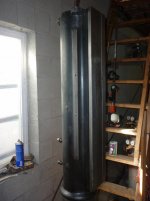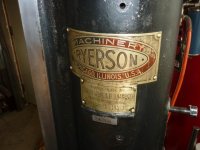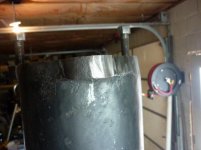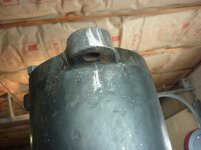C Clement
Aluminum
- Joined
- Dec 13, 2007
- Location
- Cedar Hills, UT
Hi folks, just wanted to post some photos of recently acquired Sibley 24" Sliding Head Drilling Machine. I don't now if anyone is that interested but I love seeing photos of other's projects so maybe someone will enjoy my efforts.
The drill was advertised in the local classifieds as an antique, rare (read valuable) drill press. The only photos were extreme close ups of the dealers tag but I was able to make out Sibley in the casting so I was intrigued. I have seen the Sibley that Keith Fenner uses in his shop on his YouTube videos and have been impressed with it. The only downside was the rare part in the ad and the asking price of $1,500. I went to look at it and it turns out it was at a metal recycling facility. It was being taken care of with the care you would expect at a scrapyard, and I was really worried about the back lever that the drill was laying on. I offered the owner $300 and we settled on $400 which seemed a little high compared to what some have gotten theirs for but around here they are not common and I have been looking for a couple of years so it seemed like a good gamble.
Here are some photos of the condition I found it in and getting it home.
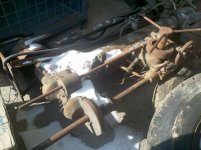
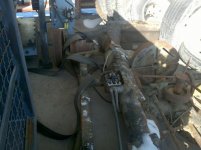
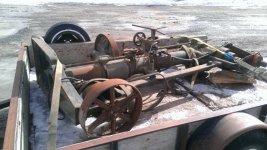
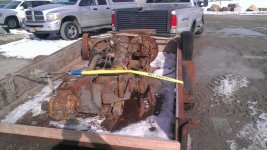
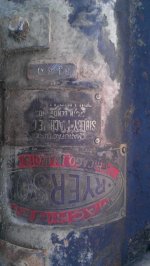
The drill was advertised in the local classifieds as an antique, rare (read valuable) drill press. The only photos were extreme close ups of the dealers tag but I was able to make out Sibley in the casting so I was intrigued. I have seen the Sibley that Keith Fenner uses in his shop on his YouTube videos and have been impressed with it. The only downside was the rare part in the ad and the asking price of $1,500. I went to look at it and it turns out it was at a metal recycling facility. It was being taken care of with the care you would expect at a scrapyard, and I was really worried about the back lever that the drill was laying on. I offered the owner $300 and we settled on $400 which seemed a little high compared to what some have gotten theirs for but around here they are not common and I have been looking for a couple of years so it seemed like a good gamble.
Here are some photos of the condition I found it in and getting it home.





Last edited:


